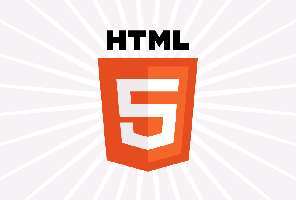| No more version numbers for HTML |
| Friday, 21 January 2011 | |||
|
No more HTML versions just a "living standard" that evolves gracefully into something that is always modern and powerful. A good or simply stupid idea? Whichever you think it is, it is what the standards organisations are adopting.
It sounds completely crazy - no more version numbers of HTML. Which will make HTML5 the last version and from here on in it's just HTML - a living standard. On the one hand you can take this as just a recognition of the fact that we are all too impatient to stick to a standard when the next standard is on its way. The result is we don't code to HTML5, say, or HTML4 - more a sort of halfway house that represents what the browsers actually do. Stay compatible with the browsers that most people use is probably a better dictum than stick to the standard.
The idea has been finally put into practice by the WHATWG after announcing the idea in 2009 and finally casting the idea in stone by stating clearly the changes in a recent blog:
The move has been compared to the way that the Chrome browser doesn't have fixed version numbers it just used the idea of the latest download is the state of things. However this isn't the same thing at all. A browser, even Chrome is targeting some sort of standard with a name and we in turn target that standard. If we decide to work in some bits from a future standard then that's a risk we take - even if the browsers support it. With no clear cut step changes who rates the risk in using any given feature. If specifications slide gracefully from one world to the next which world do you target? Well it might or might not ever happen or catch on. The other part of the standards setting ecosystem, i.e. W3C hasn't exactly put its weight behind the idea and its has just release an HMTL5 logo. It is also difficult to see how any one can create the media excitement , or frenzy over a tiny change in a "living standard" as opposed to a major release. In short if this was already in force there would be no HTML5 bandwagon to jump on... There is another theory that all this really has already happened. After all we might call it HTML5 but there is so much additional technology included in the bundle that its really HTML5.1 or 5.2 or... I suppose that is a living standard in action. More informationhttp://blog.whatwg.org/html-is-the-new-html5
|
|||
| Last Updated ( Friday, 21 January 2011 ) |

